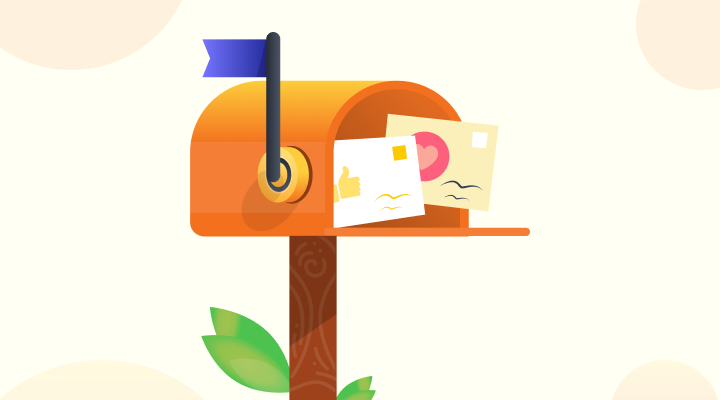Digital Marketing
-
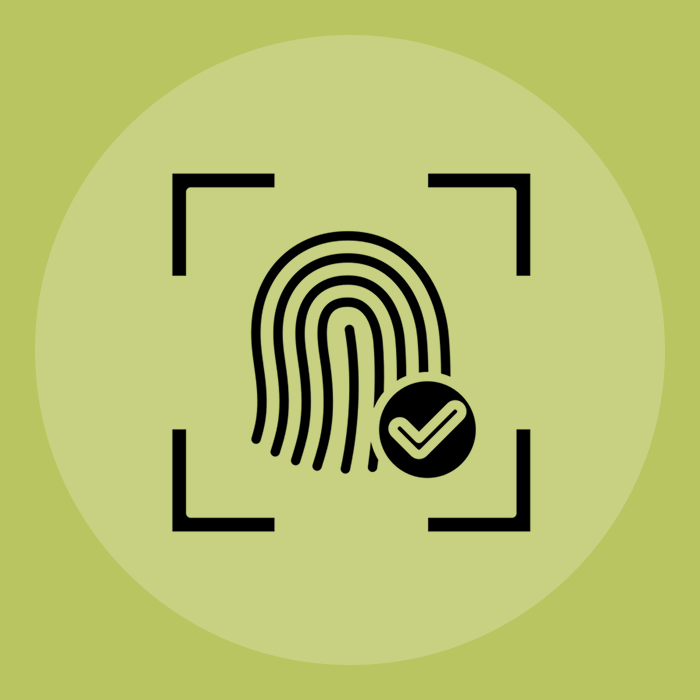
How Biometric Authentication Is Reshaping Digital Marketing and Customer Trust
TNS Experts
-
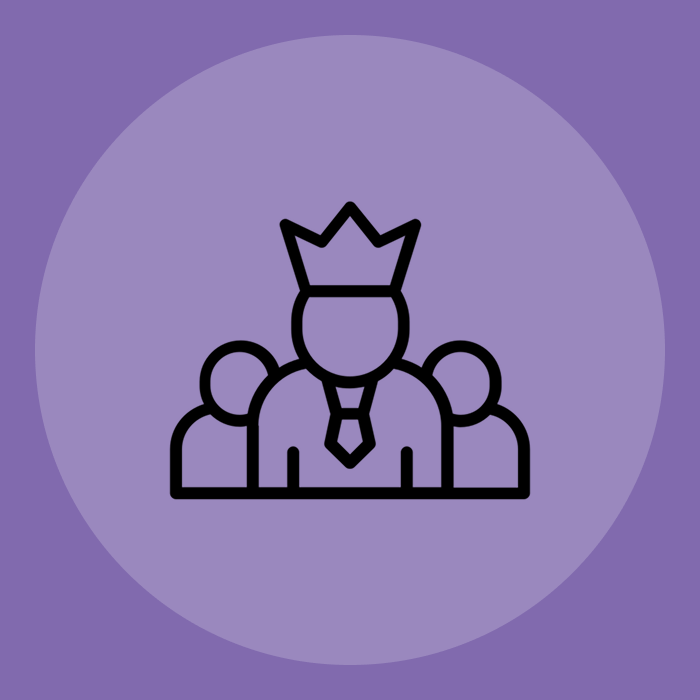
Marketing Manager Leadership Styles: Which Is the Best for Your Team?
Sawaram Suthar
-
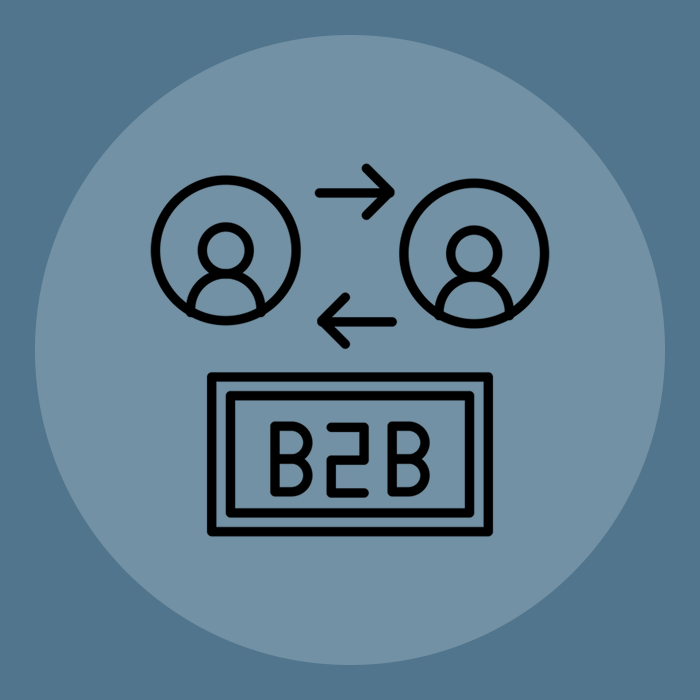
How Data-Driven Marketing Is Reshaping B2B Strategy in 2025
Sam Makad
-
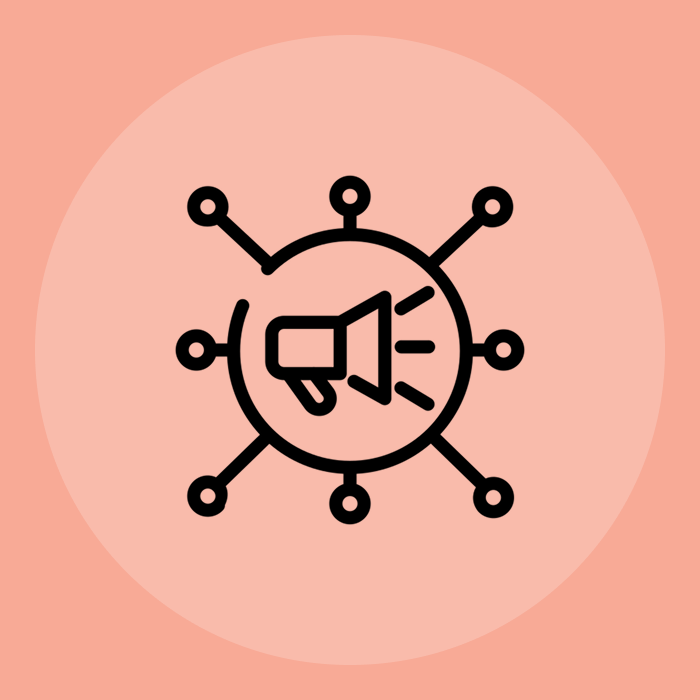
Cross-Channel Marketing: How to Create a Seamless Customer Experience?
Sawaram Suthar
-

Marketing in the Metaverse: Is It Worth the Investment in 2025?
TNS Experts
-
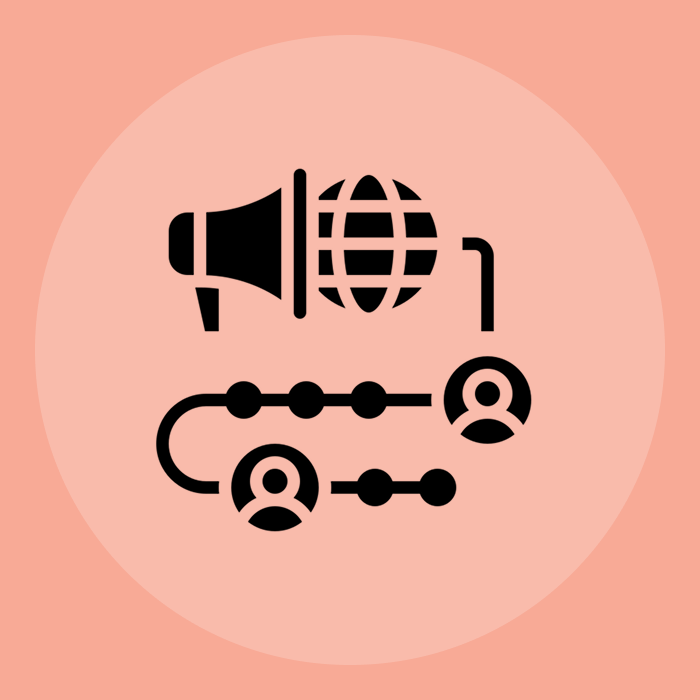
How Effective is Outbound Marketing for Business Growth
Sawaram Suthar
-

How to Choose the Right MarTech Platform for Your Business
Sawaram Suthar
-
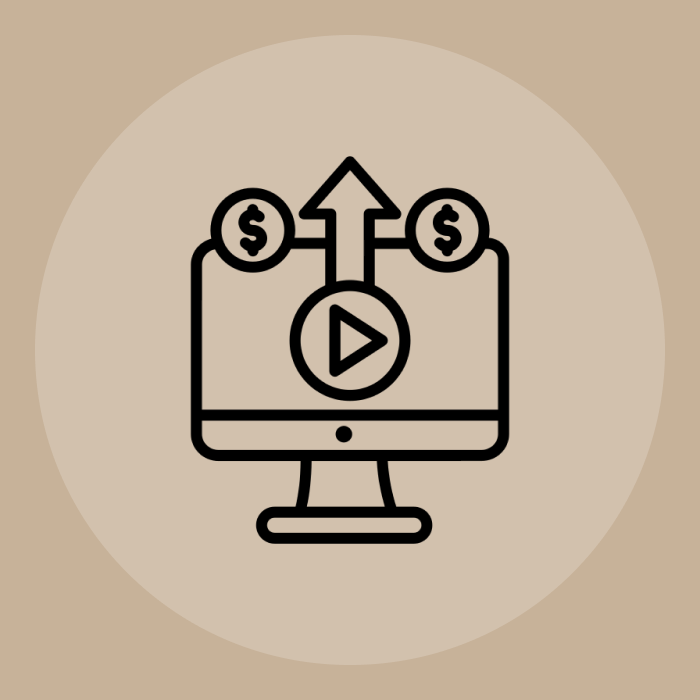
How to Track, Optimize, and Improve Your ROI from Video Marketing
TNS Experts
-

12 Reasons Why Your Local Clinic’s Digital Strategy Is Costing You Patients
Sam Makad
-

How to Create an Ideal Marketing Funnel for a Student Blog
TNS Experts
-

7 Key Strategies to Optimize Your Marketing Funnel for Maximum Conversions
Sam Makad
-

7 Steps to Get Started with a Successful Roundup Post That Attracts Leads
Thomas Griffin

